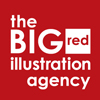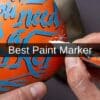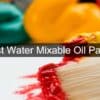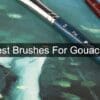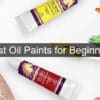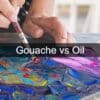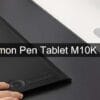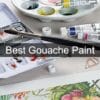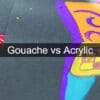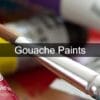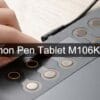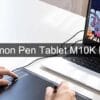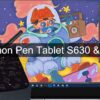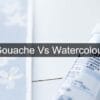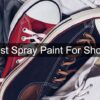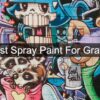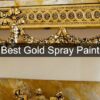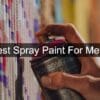How to Seal Sharpie on Plastic
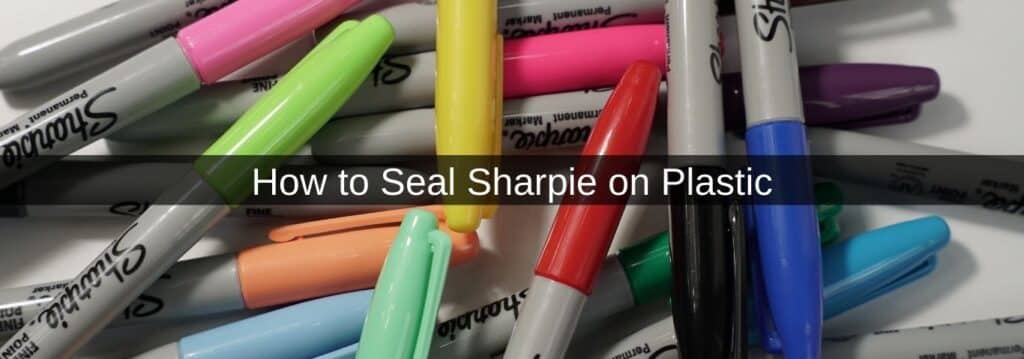
When it comes to using Sharpie markers on a plastic surface, many people struggle to keep the marker ink to stick and remain permanent. This can create a love-hate relationship with art projects during your leisure time.
There are several reasons why this happens. Some of it comes down to the type of Sharpie ink that you’re using but a lot of it has to do with how you prepare your plastic surfaces to allow the ink to completely dry.
This post covers the most effective and easiest ways to make permanent marker on plastic stay permanent.
Nail Polish Remover
- Use warm water and a damp cloth and rub the plastic surface.
- Next, use rubbing alcohol on a cotton ball to wipe the surface one more time until it’s completely clean.
- Use fine-grain sandpaper (120-grit) and lightly sand the plastic area that you want to write/draw on.
- Use your permanent markers to write/draw on the plastic area.
- Once the ink has dried, apply a clear nail polish remover. This will make the marker writings permanent and give them a nice sheen.
Mod Podge
Mod podge is usually used when it comes to doing a decoupage art project. However, it also has its uses when you want to seal the Sharpie on the plastic.
- Clean the surface from dirt by using either water, vinegar, or lemon juice. Wipe the surface clean with a dry cloth.
- Use sandpaper (120-grit) for sanding the area gently.
- When the sanded surface has completely dried, use our permanent marker pen to write or draw.
- Once you’ve finished with your desired design, let the ink dry on the plastic for a few hours.
- Spray the mod podge onto the ink and leave it to dry. After a quick drying time, you’ll notice that your ink doesn’t fade away or get become a smudgy mess.
Acrylic Sealer Spray
- Clean the surface with a soft cloth followed by an additional cleaning layer of rubbing alcohol on a cotton ball.
- Once the surface is clean, dry it with a paper towel.
- You can then start writing or drawing with your Sharpie markers.
- Once the ink has dried, spray the acrylic seal directly over your writing/art. Be sure to spray the area lightly and don’t spray one area continuously for too long.
- This provides it with a protective matte finish to prevent the ink from fading from the plastic surface too quickly.
- It’s best to spray the acrylic sealer outdoors due to how it can produce a strong smell. Furthermore, the sealer needs to be dried for a while for the ink to dry properly, preferably overnight.
Sharpie Oil-Based Markers
There are several kinds of Sharpie markers that you may have seen in advertising that work best for writing on plastic. Using an oil-based marker is one of the best options.
This is because oil-based Sharpie markers include opaque ink, making them ideal for art projects on plastic, glass, rubber, wood, metal, pottery, and more. The quick drying times are what makes them so effective.
Alcohol-based markers aren’t the best for writing on plastic surfaces due to how they take longer to dry and are more prone to fading over time.
Also read: Best Permanent Markers For Plastic
Conclusion
That wraps up our post about how to keep permanent marker drawings/writings from a Sharpie on plastic. So, be sure to try out the techniques above during your DIY projects and you’ll notice that your ink stays on the plastic surface for much longer.
Affiliate Disclosure
In compliance with the FTC guidelines, please assume the following about all links, posts, photos and other material on this website: Any/all of the links on this website are affiliate links of which The Big Red Illustration Agency receives a small commission from sales of certain items, but the price is the same for you. www.bigredillustrationagency.com is a participant in the Amazon Services LLC Associates Program, an affiliate advertising program designed to provide a means for sites to earn advertising fees by advertising and linking to Amazon.com & Amazon.co.uk. Pages on this site may include links to Amazon and its affiliate sites on which the owner of this website will make a referral commission.
FULL TERMS HERE Cookie preferences: cookie preferences
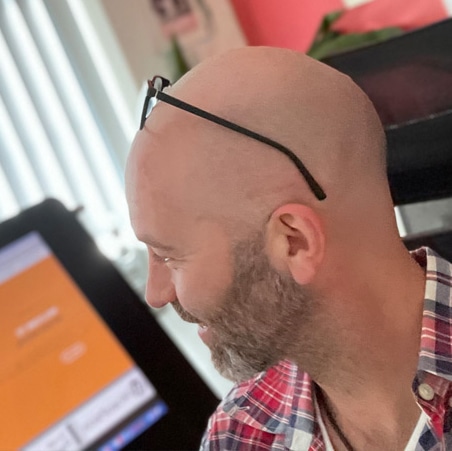
Written By Adam Rushton
Adam has made a name for himself in the illustration industry and is a passionate blogger and writer on the subject of art, illustration and graphic design.
His artwork has been featured in countless publications and used for very well-known media projects. As a professional illustrator for over 20 years, Adams media outlets, a wealth of knowledge, and experience enable him to consult and advise artists and illustrators in this country (from York and Manchester to Southampton and London) and all over the world.
